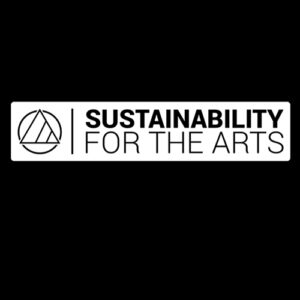
All-day long, we’re bombarded with external factors seeking to grab our attention, causing our minds to think. Our thoughts turn into an emotional response giving way to how we show up in the world, our relationships, and for ourselves. We have the opportunity to cultivate Emotional Sustainability when we shed light on our emotions. You are free to feel your emotions; we encourage it! You are free to respond to your emotions any way you’d like. Still, we must remember that our emotional responses create a ripple coming from a place of fear or love. Though we may not always have the ability to control our emotions, we do have the ability to listen to them, for they give us a glimpse into our inner workings to discover what needs may not be satisfied.
It is based on the factors that influence us as we grow even into this present moment. Negative emotions arise when specific issues that we encounter go head-to-head with our belief systems and thoughts. Positive emotions emerge when our thoughts and beliefs are in alignment. Emotions have the power to impact thoughts and decisions, not only in our personal life but also in life as a collective.
Emotions = Energy in Motion. Our mind-body system correctly digests many emotions. When not digested correctly, energy can become stuck, causing a blockage. We need to look into this stuck energy so it doesn’t manifest into seeds of illness such as pain, anxiety, hostility, guilt, and depression, affecting our health and well-being. These seeds of illness start to show up when our needs are not met, especially our emotional needs. When we’re able to meet our emotional needs, we function from a higher aspect of ourselves. Choosing to process our emotions consciously leads us to peace, content, forgiveness, and calm, giving us a better sense of Self and sustainability.
Fight or Flight – This is our survival response. It is an ancient primitive response rooted in fear. This response can significantly impact our mind-body system, including elevated blood pressure, rapid breathing, increased adrenaline, and a suppressed immune system.
Reactive – This is the Ego’s version of the Fight or Flight response. Emotions stem from the ego. When conflicted, emotions present uncomfortable feelings of anger and disrespect, which are of the “flight” response; whereas, sulking and pouting would indicate the “fight” response.
Restful Awareness – This is the response when we shift from the reference point of the ego to the soul. It is best cultivated by meditation, which allows us to observe the mind and make more conscious choices.
Intuitive – The intuitive response is our ability to hear and trust our true self in the present moment. We shift from victimization and lean towards authentic expression.
Creative – The creative response empowers us to operate from an expanded perspective, allowing us to bring forth new ideas.
Visionary – This response takes into consideration the collective dream instead of independent desire. Good examples of leaders who have operated from this response are Martin Luther King, Jr. & Elon Musk.
Sacred – The sacred response comes from the personal understanding and recognition that God, Creation, and/or Universe is everything! The response allows us to ask, “how can I be of service?” instead of “what’s in it for me?”
Let’s get real here: From which of the seven natural responses do you find yourself operating?
Cultivating Emotional Sustainability allows us to get firm in our practice. Seeing and understanding our emotions when they come up is the first place to begin. After we see and understand, we can process and heal our emotions to respond to situations from a higher aspect of our Self.
This deeper understanding of emotions is your invitation to consciously put your best foot forward and commit to responding from an elevated place of awareness.
Sustainability for the Arts: A Life-Changing Journey


Sustainability for the Arts’ mission is to bring awareness of Whole Person Sustainability: The art of balancing the Mind, Body, Soul & Life to the forefront of the entertainment community. Our goal is to empower personal & professional growth to support health and wellbeing within the individual, our community, and the arts through insight, knowledge, and tools. Sustainability for the Arts is the brainchild of Seth Barker and Angelica Davison McCarthy. Seth F Barker is an AEA Stage Manager, Certified Whole Person Life Coach, and Chopra Certified Ayurvedic Lifestyle Educator. He works with Entertainment Industry Professionals to honor all aspects of their life "on and off" stage to help them create Personal Transformation and Healthy Sustainable Lifestyles. Angelica Davison McCarthy, DAT, LAT, ATC is a Doctor of Athletic Training, specializing in performing arts medicine. Her collaborative, client-centered philosophy is based upon a holistic approach, treating the whole person to support the longevity of their health and well-being.
Read Full Profile© 2021 TheatreArtLife. All rights reserved.

Thank you so much for reading, but you have now reached your free article limit for this month.
Our contributors are currently writing more articles for you to enjoy.
To keep reading, all you have to do is become a subscriber and then you can read unlimited articles anytime.
Your investment will help us continue to ignite connections across the globe in live entertainment and build this community for industry professionals.